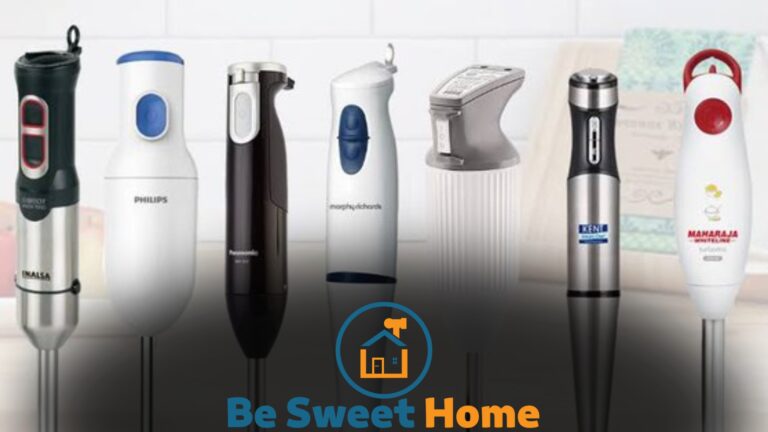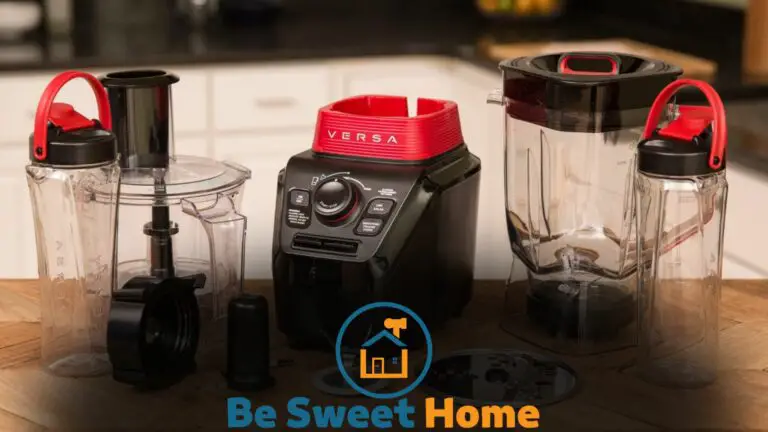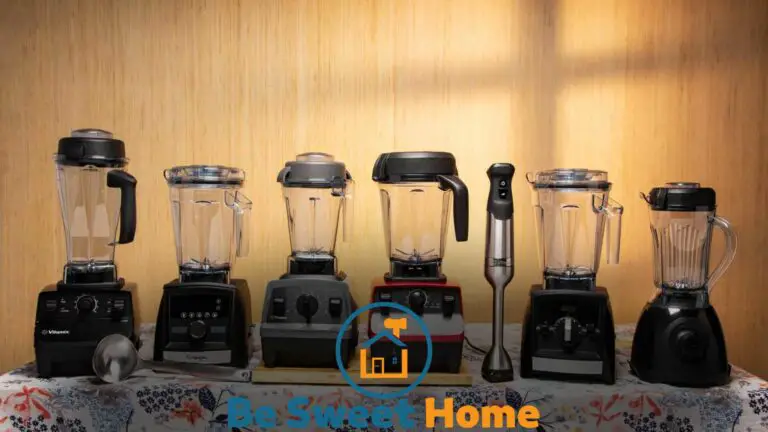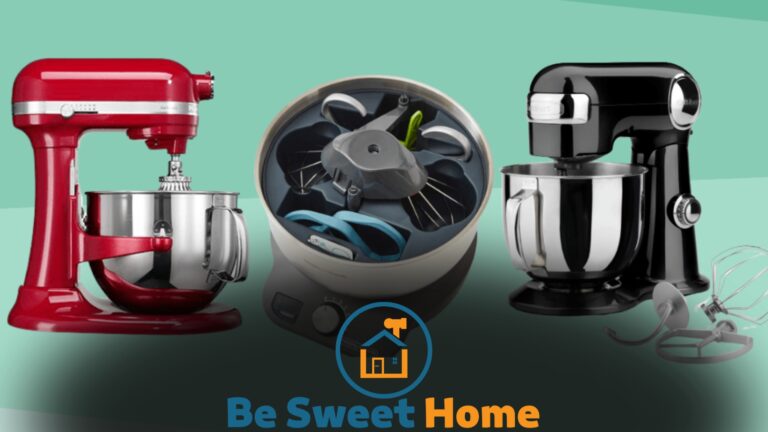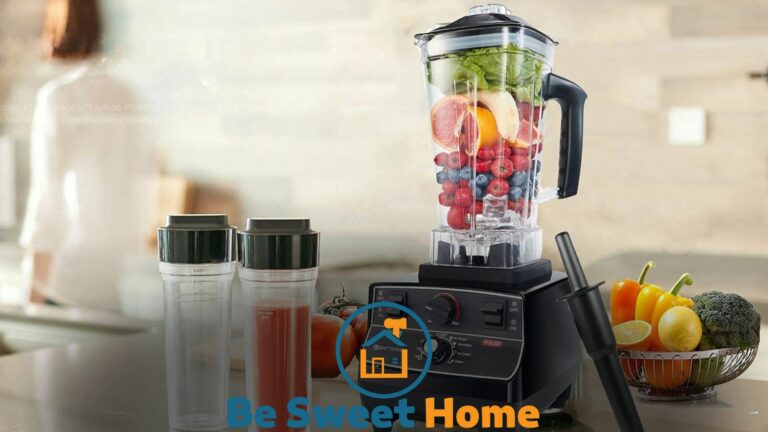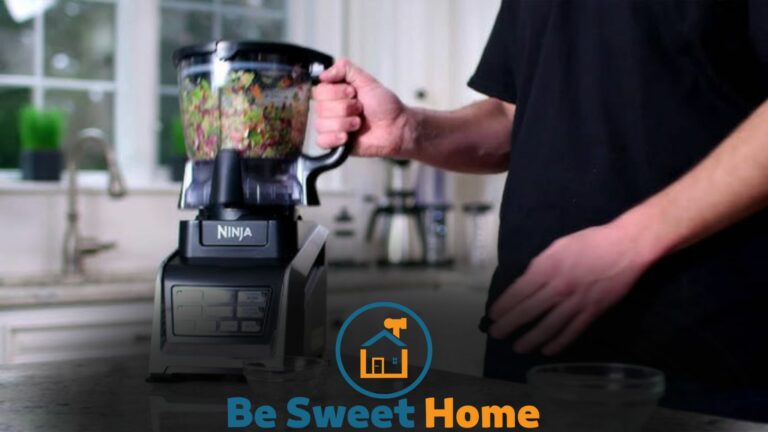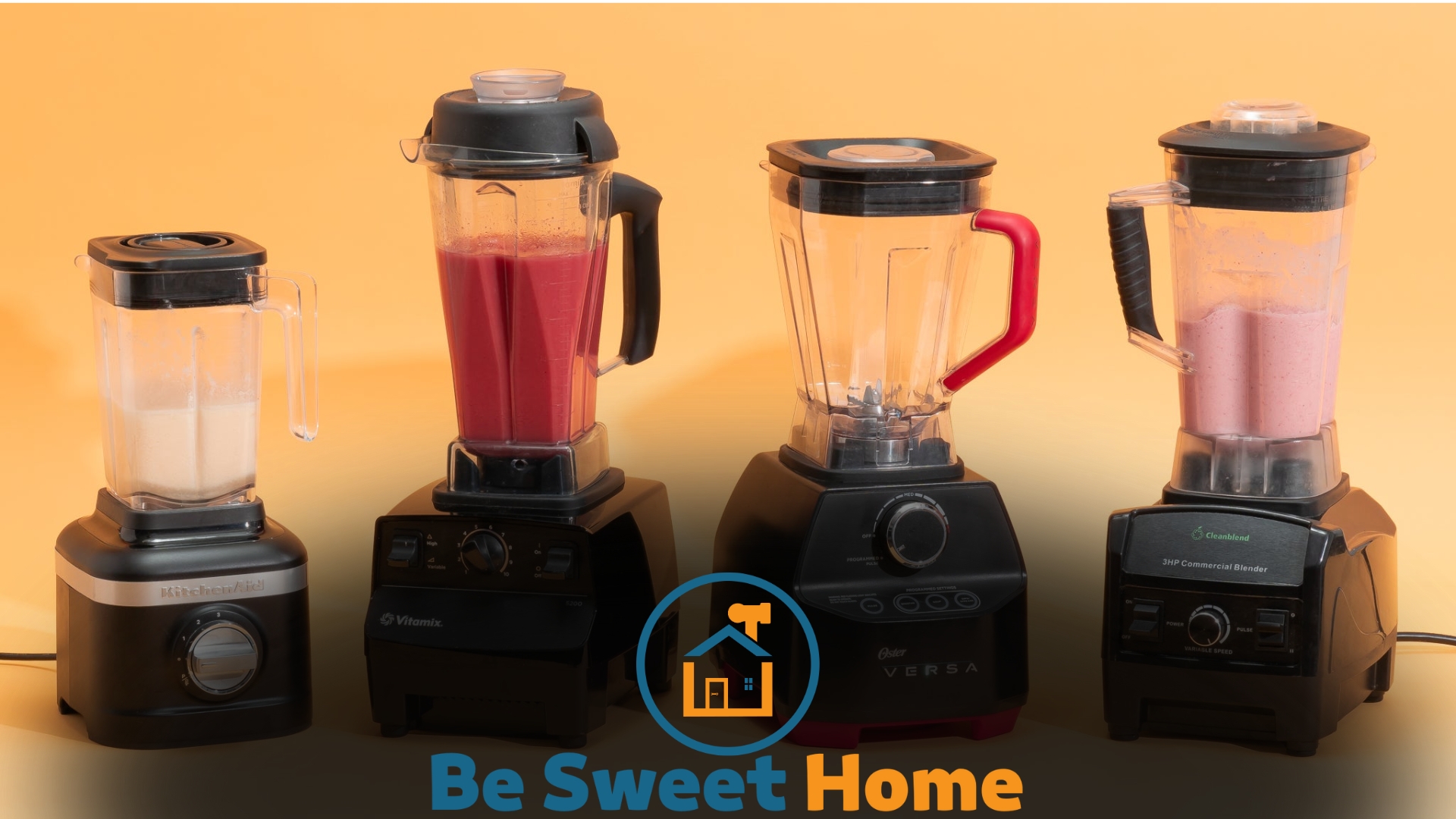

Placing hot liquids in a blender can be safe if designed for it. Check the manufacturer’s guidelines before proceeding.
Blenders are a versatile kitchen tool for smoothies, sauces, and soups. However, understanding your blender’s capabilities is crucial, especially when dealing with hot liquids.
Some blenders have a vented lid or special features to handle the steam and pressure from heated mixtures.
Always start at a low speed and ensure that the lid is secured tightly to prevent accidents. Never fill the blender to the top with hot liquid; leave space to expand.
Proper use ensures safe, efficient blending without risking damage to your appliance or personal safety.
The Heat Dilemma in Blending
Sizzling soups and steamy broths often make us wonder If pouring hot liquid into a blender is safe.
Understanding the limits of your blender is crucial for both safety and performance. Let’s unravel the mysteries of blending hot liquids safely.
Temperature Tolerance of Common Blender Materials
Blenders come in various materials, each with its own heat threshold. Glass jars can typically handle heat better than plastic, but both have their limits.
Most modern blender jars can withstand moderate temperatures, while extreme heat can cause damage or hazards.
| Material | Max Temperature |
|---|---|
| Plastic | 176°F (80°C) |
| Glass | 212°F (100°C) |
| High-Performance Plastic | 212°F+ (100°C+) |
Risks Associated With Blending Hot Liquids
- Lid blow-off: Steam builds pressure, which can pop the lid off.
- Splashing: A sudden start can splash hot liquid out and cause burns.
- Cracking: A hot liquid may crack a cold blender jar.
To blend hot liquids safely, always start at a low speed and gradually increase. Remember to allow steam to escape by removing the center cap or slightly ajar the lid.
Design Matters: Types of Blenders
Blenders come in various designs. These designs affect how safe they are for hot liquids. Some blenders handle hot soups.
Others may not be safe. It is crucial to know which blender you have. The right design ensures safety and durability. Let’s dive into the two main types of blenders.
Countertop vs. Immersion Blenders
Countertop blenders stand on their own. They have a jug and a base with controls. Hot liquids need a vent. This lets steam escape. Without it, pressure builds up. This can cause accidents.
Immersion blenders are handheld. They blend right in the pot. Most are safe for hot soups. They don’t trap steam. But always check the manufacturer’s recommendations.
Features To Look for in Heat-safe Blenders
- Thermal Shock Resistant Glass: This type withstands sudden temperature changes.
- Vented Lid: Allows steam to escape. It prevents pressure build-up.
- Metal Base: Offers more stability. Heat does not affect it as plastic might.
- Wattage: Higher wattage means better performance with hot mixtures.
- Blade Design: Blades should be strong enough to handle hot liquids.
Manufacturer Guidelines and Warnings
Blenders are versatile kitchen helpers. Before making that hot soup or latte, knowing what your blender can handle is crucial. Not all blenders are created equal.
Manufacturers often provide specific guidelines and warnings about using hot liquids in their appliances.
Let’s decode the instructions to ensure safety and avoid damaging your blender.
Reading the Fine Print on Your Appliance
Every blender comes with a manual. It’s your go-to guide for do’s and don’ts. Inside, you’ll find crucial details about your blender’s capabilities. Can your blender manage hot liquids? This information is typically in the safety section.
Look closely for maximum temperatures and suggested uses. Skipping this step can lead to accidents or blender damage.
- Maximum temperature allowance
- Recommended liquid levels
- Precautions while blending hot substances
Follow these rules precisely. Your blender functions best within the set guidelines. Ignoring them can cause spills, cracks, or even motor burnout. Treat the manual as your blender’s best friend.
Warranty Implications of Blending Hot Substances
Warranties protect your blender against faults. But beware, improper use can void this warranty. Hot liquid mishaps fall into this category.
If the manual advises against blending hot ingredients, doing so could mean you’re on your own if things go wrong.
| Actions | Warranty Status |
|---|---|
| Following manufacturer’s guidelines | Warranty intact |
| Exceeding temperature limits | Potential warranty void |
| Ignoring maximum fill lines | Warranty at risk |
To protect your investment, heed the manufacturer’s advice. Check if your warranty covers repair or replacement due to heat damage.
If not, stick to cool or room-temperature liquids. Keep your warranty safe by matching your recipes with your blender’s specifications.
Practical Tips for Blending Hot Ingredients
Are you ready to whip up a hot soup or sauce in your blender? Great! But remember, dealing with hot liquids requires extra care.
Handling steam and pressure incorrectly can turn your kitchen into a messy, if not dangerous, space. Follow these practical tips to blend hot ingredients safely and avoid any blender blunders.
Pre-blending Precautions
Before you even plug in your blender, let’s go over some pre-blending precautions:
- Cool first: If possible, allow liquids to cool a little.
- Remove the center cap: Take the lid’s centerpiece off. It lets steam escape.
- Use a towel: Cover the lid with a kitchen towel. It catches any splatters.
- Fill sensibly: Never fill your blender past the halfway mark.
Best Practices During the Blending Process
Now that you’ve taken the proper precautions, it’s time to start blending:
- Start low: Begin blending at the lowest speed.
- Increase slowly: Gradually increase the speed as needed.
- No seal, no deal: Ensure your lid is secure, minus the center cap.
- Pause if needed: Stop the blender if you notice excess steam or spillage.
Blending hot ingredients can be safe and easy when you follow these steps.
Alternatives To Blending Hot Liquids
Blending hot liquids can be risky. Steam pressure builds up, posing danger. Finding safe methods matters. Below are secure ways to handle hot substances before blending.
Cooling Before Blending: Pros and Cons
Letting hot liquids cool before blending is wise. We discuss the benefits and drawbacks here.
- Pros:
- Safer handling, reducing burn risk
- Blender’s longevity increases
- Prevents explosion risks from steam
- Cons:
- Requires patience, takes more time
- This may affect the final dish’s temperature.
- Possible loss of volatile aromatics and flavors
Tools for Handling Hot Blends
Special tools exist for hot blends. These ensure safety and functionality. Here are key instruments:
| Tool | Use |
|---|---|
| Immersion Blender | Blends directly in the pot, reducing transfer needs |
| Heat Resistant Glove | Protects hands from burns during blending |
| Ventilated Lid Blender | Allows steam to escape, reducing pressure build-up |
Each tool comes with unique capabilities. Immersion blenders manage heat well. Gloves offer protection. Ventilated blenders release steam safely. Pick according to your needs.
Real-life Consequences and Case Studies
Many wonder about the safety of hot liquids in blenders. Real-life situations reveal much about this issue. Below, we delve into personal tales and lessons from product mishaps to understand the risks fully.
Personal Experiences and Accidents
Several users have faced scary blender incidents. Here are a few:
- Hot Soup Splatters: A mom blended hot soup, which caused the lid to pop off. The result was a nasty burn.
- Coffee Explosion: Brewing hot coffee directly in a blender led to an explosion. The user suffered from facial injuries.
- Plastic Warping: Hot sauces have caused some blenders’ plastic to warp. This led to food safety concerns.
Learning From Product Recalls and Incidents
Product recalls tell us a lot. Here’s what they show:
| Year | Brand | Issue |
|---|---|---|
| 2018 | NutriBullet | Blades broke with hot ingredients. |
| 2020 | Blendtec | Lids failed under pressure from steam. |
- Recalls emphasize caution with heat in blenders.
- Manufacturers now often suggest cooling ingredients first.
- Reading manuals is critical for safety steps.
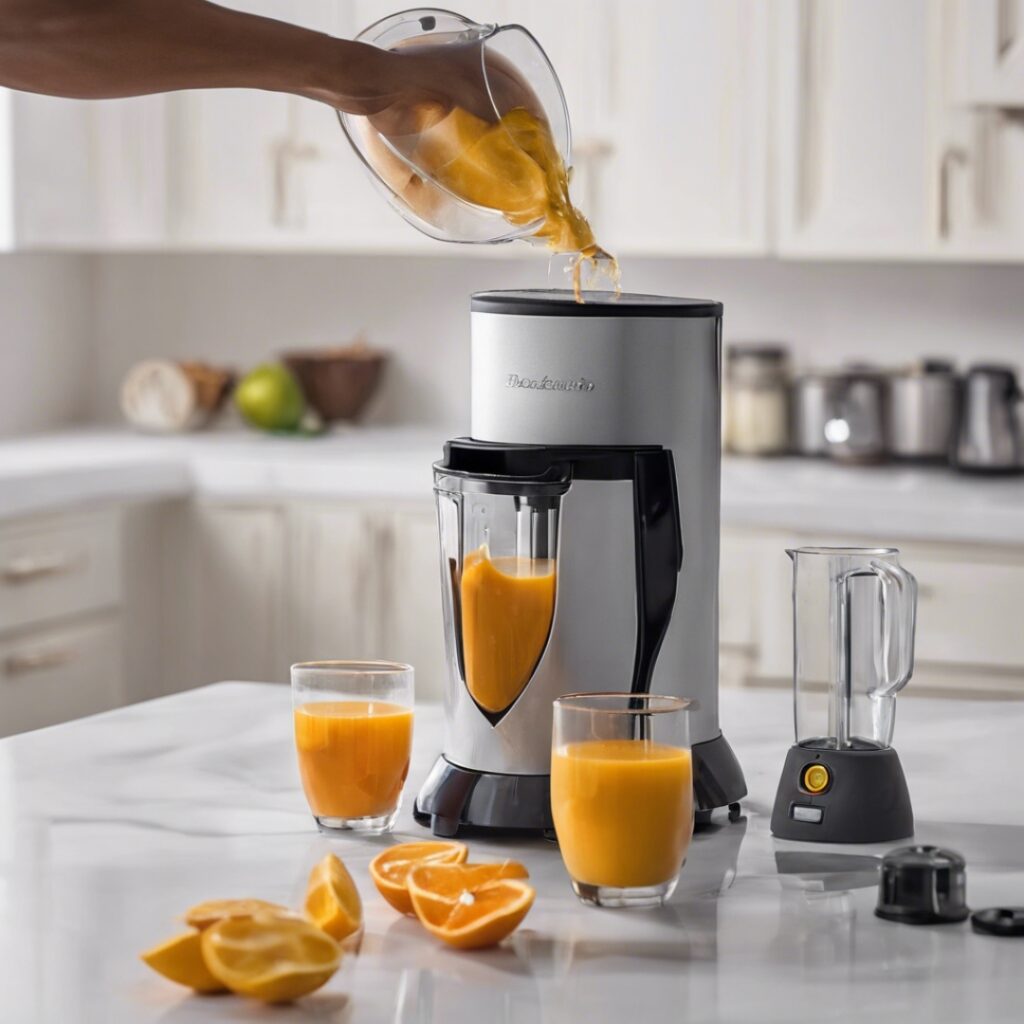
Frequently Asked Questions
Can Blenders Handle Hot Liquids Safely?
Most blenders can manage warm liquids, but extreme heat can cause damage or injury. To be safe, always check the manufacturer’s guidelines.
What Temperature Can Blenders Withstand?
Blenders vary, but many are safe at around 175°F (80°C). Pour liquids hotter than this, and you risk warping or shattering the container.
How To Blend Hot Soup Without Accidents?
Start by filling the blender less than halfway, removing the cap from the lid, and covering it with a towel while blending to release steam safely.
Do Glass Jar Blenders Resist Hot Contents Better?
Glass jar blenders typically endure heat better than plastic ones, but consult the user manual to ensure they’re designed for hot contents.
Risks of Putting Boiling Water in Blender?
Putting boiling water in a blender may lead to the lid popping off from steam buildup or cracking the jar and causing burns.
Conclusion
Pouring hot liquids into a blender can be done with caution. Ensure your blender’s specifications permit this to avoid damage.
Always start on low settings and carefully open the lid to prevent accidents. For a worry-free experience, follow manufacturer guidelines and prioritize safety.

